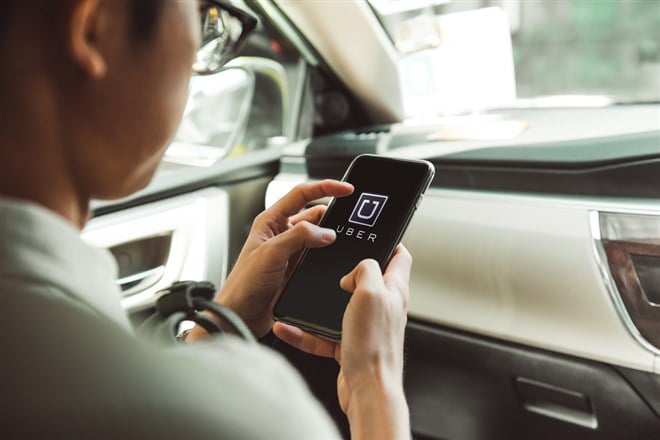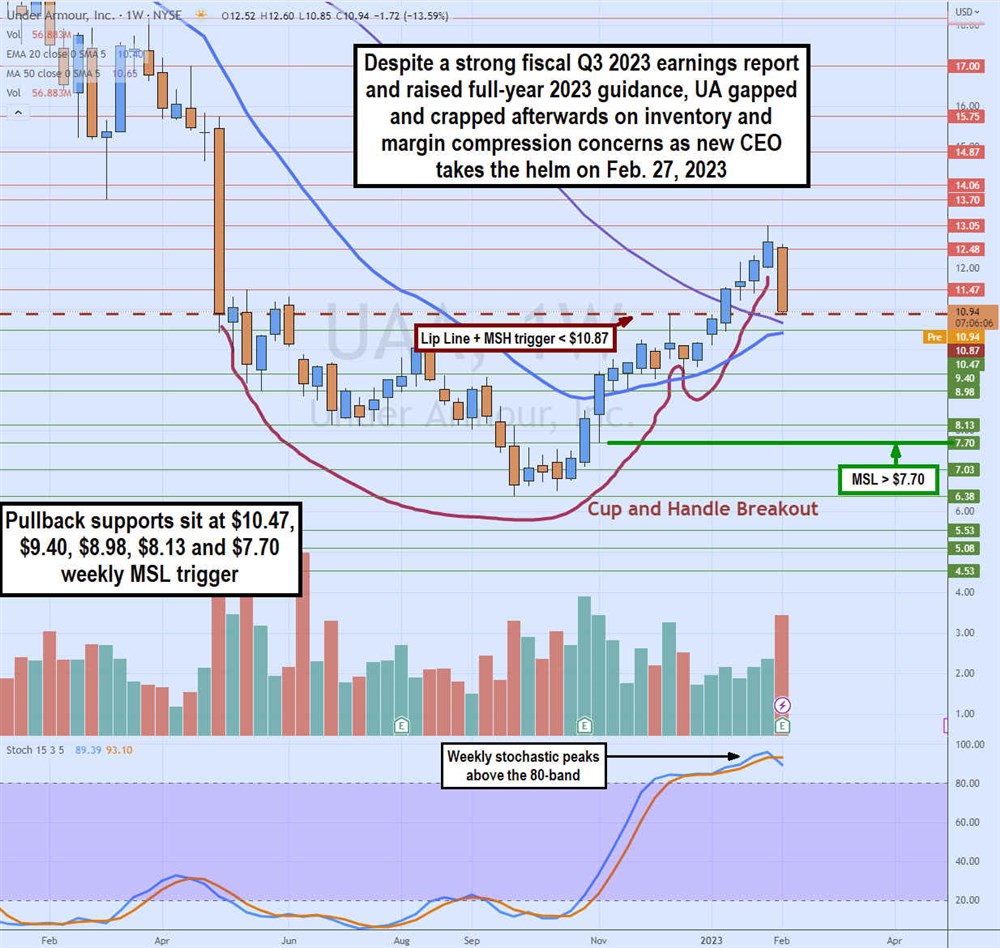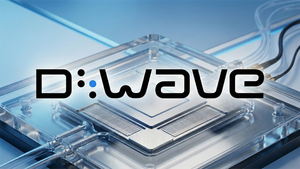
Upon first glance, the headline of rideshare giant Uber Technologies Inc. (NASDAQ: UBER) earning a GAAP profit of $0.29 per share sends the mind racing. Investors euphorically rejoiced that Uber had finally hit actual profitability on a GAAP basis, as shares spiked 5% on the news.
However, a further look into the details reveals why a company that routinely reports losses on a non-GAAP basis suddenly decides to report a profit of $0.29 on a GAAP basis. For a company regularly losing hundreds of millions per quarter, a sudden GAAP profit of $595 million is highly suspect.
Clickbait GAAP Profits
Uber didn't make $595 million in profits. It took a $756 million pre-tax (non-cash) net benefit of unrealized gains related to reevaluating its equity investments. It means their stake in other companies had seen an appreciation in value, which the Company didn't sell or take profits as in unrealized gains and doesn't account for taxes as in pre-tax.
The Company gained nothing and remains a bagholder in its equity investments, including DiDi, Aurora, Grab Holdings Inc. (NASDAQ: GRAB), and Zomato stakes.
Once again, Uber pulls a misleading sleight of hand for headline impact. However, it’s not all smoke and mirrors. Uber has reported GAAP EPS losses in the past, including unrealized losses in its equity positions and stock-based compensation.
While the Company still lost money, it lost a lot less than usual. Its GAAP operating losses minus its investments improved to ($142 million) in the quarter, a vast improvement from ($550 million) a year ago and ($971 million) in pre-pandemic Q4 2019. If this trajectory continues, then Uber may reach GAAP operating profits.
The Network Effect
By having multiple services on a single app, Uber has fostered the network effect in an industry that appeared fickle. Riders rarely get the same driver twice. Uber and Lyft were initially in a race to the bottom with pricing as riders would take rides with the cheaper company with more promotions. Drivers would switch to the company with better promotions and pay.
The network effect could have been more present as loyalties flipped based on the extensive promotions either company was offering. Uber's operating model lacked stickiness.
The Pandemic Bolsters Uber
The pandemic changed everything. Uber and Lyft Inc. (NASDAQ: LYFT) had hooked the public on a rideshare, and the reopening enabled them to charge whatever they wanted. Drivers felt the pinch but the overwhelming supply enabled Uber and Lyft to cut promotions and raise their take rates. Lyft was extra stingy and paid the price as drivers switched to Uber.
Uber struck a deal with Hertz Global Holdings Inc. (NYSE: HTZ), allowing its drivers to rent Tesla Inc. (NASDAQ: TSLA) electric vehicles (EV) to give rides. Instead of depending on branding, Uber may have realized that the convenience of having multi-modal options and delivery services in a one-stop application could usher in an actual network effect.
In the end, Uber charges more and takes more than ever as the master plan for real GAAP operating profits may be coming to fruition.
Blowout Numbers
On Feb. 8, 2023, Uber reported a Q4 2022 GAAP earnings-per-share (EPS) profit of $0.29 versus consensus analyst estimates for a profit of $0.02, beating estimates by $0.27. Revenues rose 49% YoY to $8.61 billion versus $8.51 billion consensus analyst estimates. Gross bookings grew 19% YoY to $30.7 billion or 26% on a constant currency (CC) basis.
Mobility gross bookings rose 31% or 37% YoY in CC, and Delivery grew 6% or 14% in CC. Trips grew to all-time highs of 23 million per day. Adjusted EBITDA was $665 million, up $579 million YoY. The adjusted EBITDA margin was 2.2%. The Company ended the quarter with $4.3 billion of cash and cash equivalents.
Uber CEO Dara Kosrowshahi commented, “We ended 2022 with our strongest quarter ever, with robust demand and record margins. “Our global scale and unique platform advantages position us well to accelerate this momentum into 2023
Q1 2023 Guidance
Uber expects Q1 2023 gross bookings to grow 20% to 24% YoY on a CC basis, with a 3% currency headwind. It expects an adjusted EBITDA of $660 million versus $700 million. It equates to $31 billion to $32 billion. The MarketBeat MarketRank™ Forecast rates Uber 3 out of 5 stars with a $47.42 price target.

Weekly Rising Price Channel
Uber shares bottomed out at $20.59 in June 2022. The weekly stochastic formed a mini pup through the 20-band, sending shares up to $33 before falling back to a swing low of $22.94. The weekly 20-period exponential moving average (EMA) crossed up through the 50-period MA on the weekly market structure low (MSL) breakout through $26.54.
The weekly stochastic coiled off the 30-band for a complete oscillation to test the 80-band into February 2023. The earnings rally ended with a weekly shooting star reversal candle, which may set a market structure high (MSH) sell trigger if the next candle makes a lower high.
The weekly 20-period EMA support is rising to $29.00, and 50-period MA support is at $28.01. Pullback support levels are $30.16, $28.28




